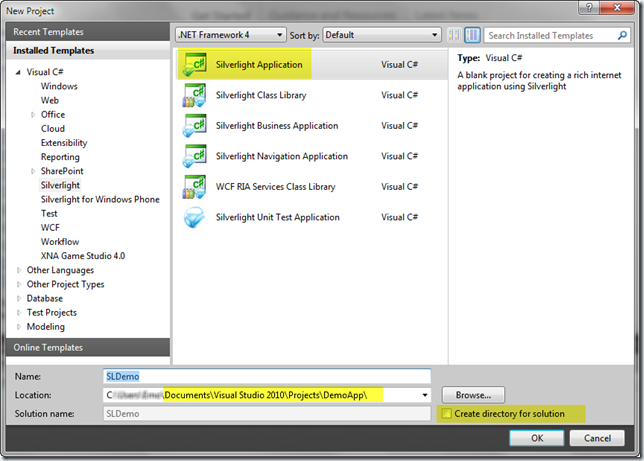
For example, when you clone a repo, Mercurial will recursively clone all of its subrepositories as well, so the developer (or build server) doesn’t need to know about the dependencies - the source control system handles it all. Subrepositories let you treat a collection of repositories as a group.
#TORTOISEHG CLONE LOCAL REPOSITORY CODE#
You don’t want to have to think, you want to write code and get things done. They’re not intractable issues by any stretch, but you do have to think about them.

You can browse through it, debug into it, and make changes to it. Having the source code of a library that your project depends on is very beneficial. We should leverage code that we’ve already written, and use open source libraries and frameworks where appropriate. As developers, we don’t want to keep reinventing the wheel over and over again. I'm Rob: a developer + designer turned marketing executive.Ĭode reuse is important.


 0 kommentar(er)
0 kommentar(er)
